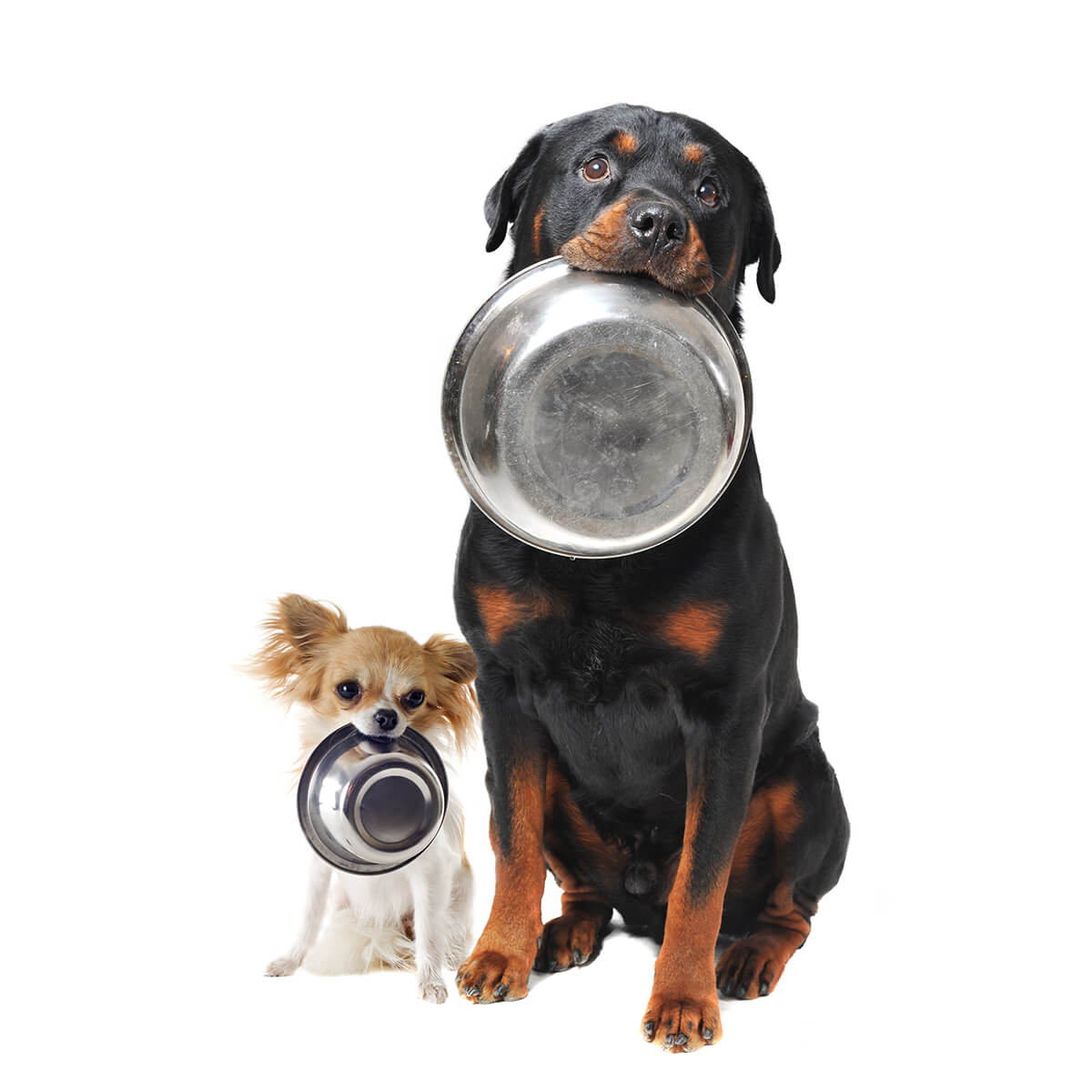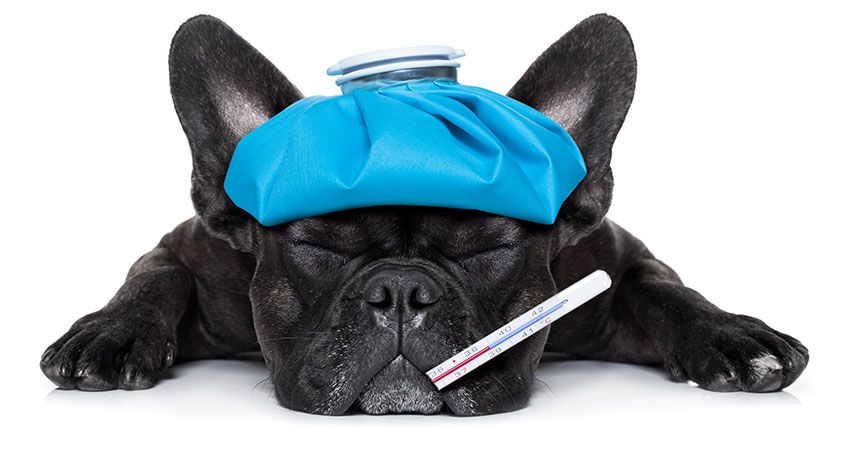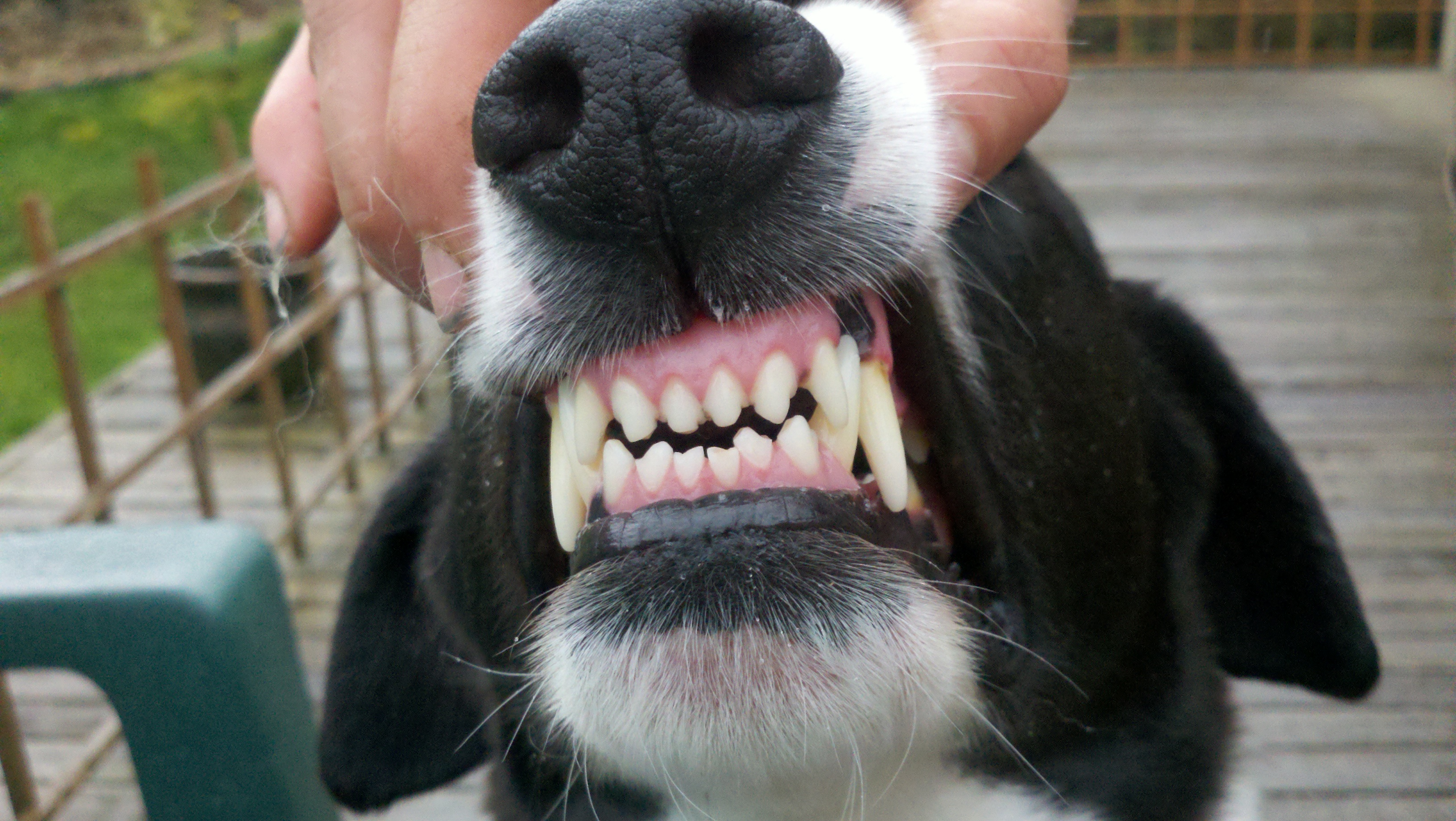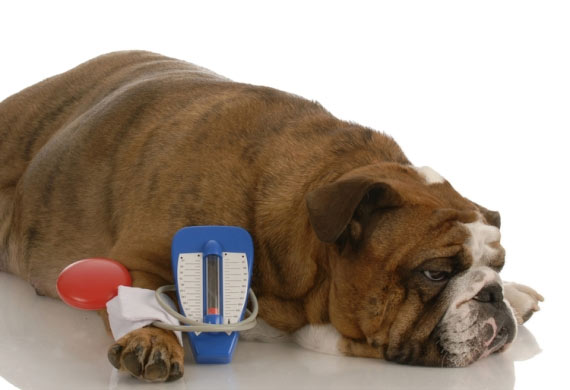Emergency animal clinics can be expensive, and it’s never fun getting up at 3 in the morning to rush your dog anymore for no reason. That’s why it’s important to know whether your dog’s condition is a true emergency and really needs medical attention. To be quite honest, some conditions can wait until the next day until your dog’s normal veterinarian office opens. This includes diarrhea, itchy skin, etc. However, there are some situations where medical attention is essential, and the sooner it is, the better.
Of course, there is some peace of mind that comes with seeing a specialist in the middle of the night, even if it isn’t a true emergency. It happens too often that pet owners wait too long to bring in their dog and they don’t make it in time. This is completely avoidable if you take action as soon as you see the warning symptoms! Here are some signs that you should come to an emergency animal clinic immediately:
- Hard time breathing, as indicated with blue gums, coughing of foamy and pink liquid, constant panting, or stretching out head and neck while trying to breathe
- Coughing constantly with no rest
- Bloated and distended stomach
- Retching that does not end in vomiting (textbook sign that your dog may have gastric-dilatation volvulus or GDV)
- Anxiety or restless behavior (caused by GDV or pain)
- Pale gums, which can indicate internal bleeding or anemia
- Heart rate about 160 beats per minute while at home
- More than 60 breaths per minute at home while resting
- Crying out in pain
- Yellowed or jaundiced gums
- Extreme lethargy
- Not moving without dragging hind legs
- Trauma of any kind
- Large amounts of bleeding
- Toxin or poison ingestion
- Vomiting more than three times
- Abnormal vaginal discharge
- Strange odor from your dog
- Fever
- Bulging or squinting, swollen eyeballs
- Difficulty while urinating, multiple urination attempts that do not produce urine
- Collapsing
- Tremors or seizures
- Anything that worries you
This list doesn’t include everything that can go wrong, but it’s a good start. If you really are unsure of what to do, feel free to call the emergency pet clinic and see what the vet technician says you should do. However, these people will always lean towards the cautious route for the sake of saving your pet’s life. The sooner you find a problem and treat it, the cheaper it often is! If you do bring your dog into VetCare’s animal hospital, bring something to do. It will certainly take a long time.
CONTACT VETCARE
In the end, when in doubt, bring in your dog. It is always much better to lean on the safe side of things. The time and money is a small sacrifice when it comes to knowing that your pet is safe and sound and that you have answers as to why they have been in pain and distress. If you have any questions, please contact our clinic! We would be happy to help you and your dog, so reach out to us today. We happily offer daily veterinarian services as well as emergency care!




